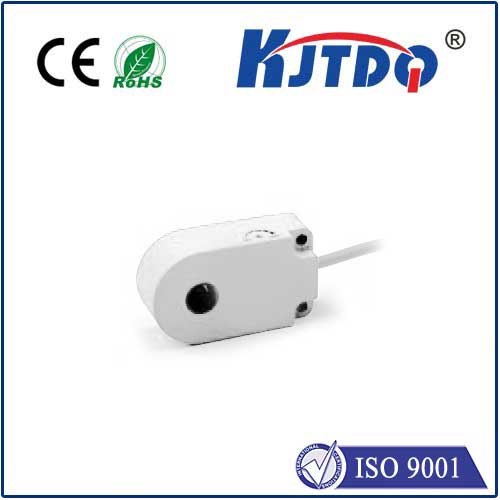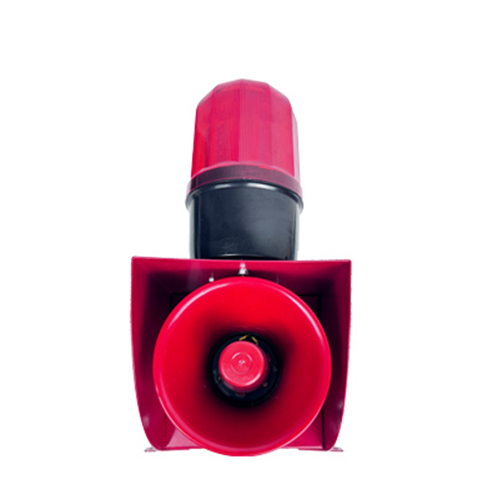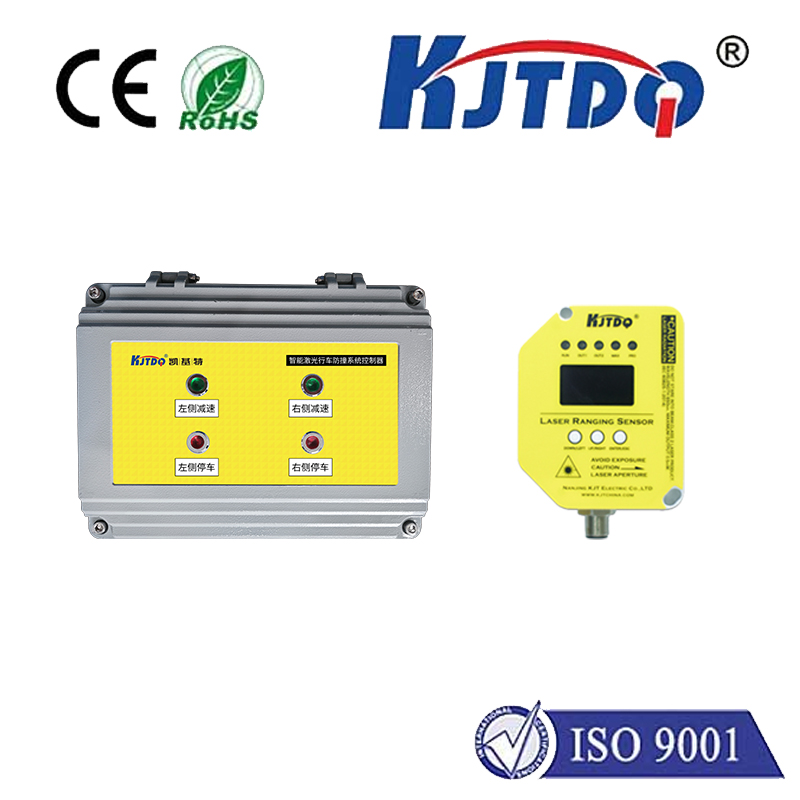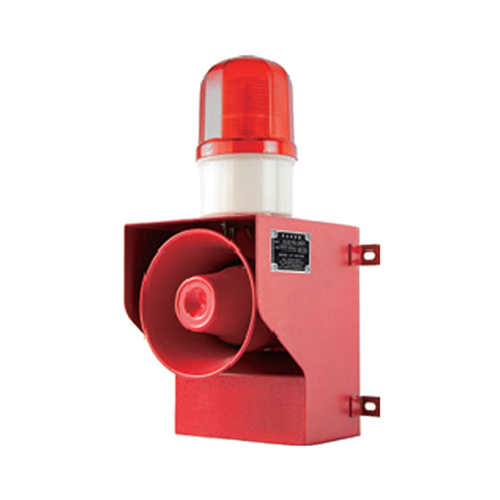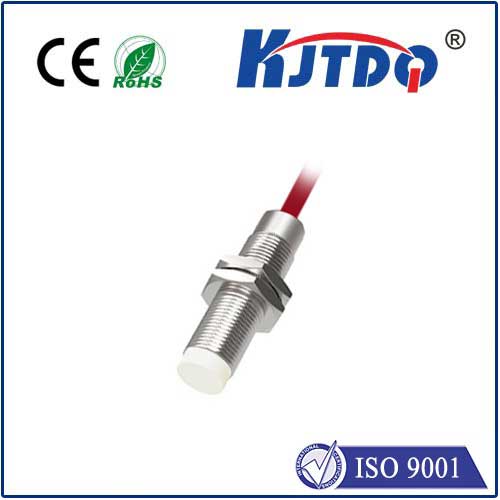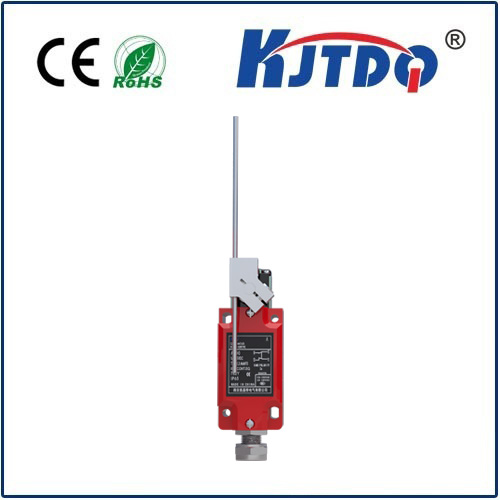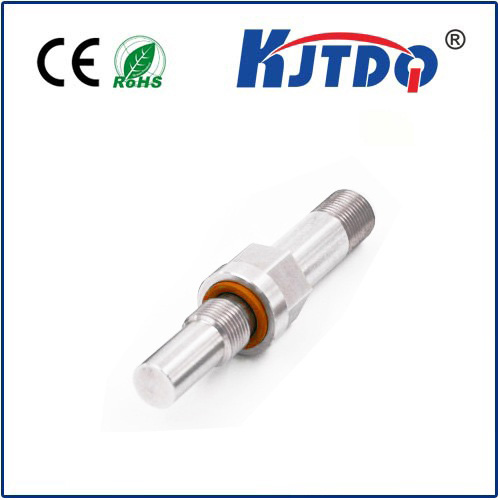proximity sensor 220 volt
- time:2025-06-24 02:18:03
- Click:0
Powering Precision: Mastering Industrial Detection with 220V Proximity Sensors
In the humming heart of modern industry, where heavy machinery dominates and efficiency is paramount, reliable automation reigns supreme. At the core of countless automated processes lies the humble proximity sensor – an unseen sentinel detecting the presence or absence of objects without physical contact. But not all environments are created equal. When operations demand robust performance directly connected to common industrial power supplies, the 220V proximity sensor emerges as a critical component. This article delves into the world of these high-voltage detectors, exploring their purpose, advantages, applications, and vital selection considerations.
Why 220V? Embracing Industrial Power Standards
The specification “220V” immediately signals an application beyond simple electronics or low-power circuits. This voltage level aligns directly with common industrial three-phase power systems found extensively across Europe, Asia, Africa, and many other regions. A 220V proximity sensor is engineered to operate reliably when connected directly to these standard AC mains voltages (typically ranging from 110VAC to 240VAC, with 220V being a common nominal value). This offers significant advantages:
- Simplified Wiring & Reduced Components: Eliminates the need for separate, lower-voltage control circuits or step-down transformers often required for sensors operating at 24VDC or lower AC voltages. Sensors connect directly to available plant power.
- Robust Performance: Designed for the electrical noise and voltage fluctuations common in harsh industrial environments. They inherently handle the demands of switching typical industrial loads like relays, contactors, or PLC inputs directly.
- Direct Drive Capability: Can often switch higher-power loads directly due to their operating voltage and robust internal switching elements (like relays or powerful solid-state outputs), simplifying control logic.
Core Function: Non-Contact Detection

Regardless of voltage, the fundamental purpose remains: detecting the presence or absence of metallic (usually inductive type) or non-metallic (capacitive type) objects within a defined sensing range. They achieve this through electromagnetic fields (inductive) or electrostatic fields (capacitive). When a target enters this field, it causes a change that the sensor detects, triggering its output signal. This non-contact nature makes them incredibly durable, wear-free, and suitable for dirty, wet, or high-vibration environments where mechanical switches would fail.
Key Applications: Where 220V Proximity Sensors Excel
The combination of direct high-voltage compatibility and robust non-contact sensing makes 220V proximity sensors indispensable in numerous demanding scenarios:
- Machine Tooling: Monitoring tool position, workpiece presence/clamping, and end-of-travel limits on lathes, milling machines (CNC), drills, and presses.
- Material Handling Systems: Detecting pallets, containers, or products on high-power conveyors, lift systems, and automated storage/retrieval systems (AS/RS) running on industrial mains.
- Packaging Machinery: Verifying product feed, jam detection, and position control on fillers, cappers, labelers, and case packers.
- Industrial Automation Cells: Presence sensing for robots, part positioning verification, and safety interlocks within integrated production lines.
- Heavy Machinery & Hydraulics: Monitoring cylinder positions, valve states, and component presence on excavators, injection molding machines, and stamping presses.
- Robust Conveyor Systems: Tracking items, detecting blockages, and controlling diverters where equipment is directly powered by 220V.
Critical Selection Factors for 220V Proximity Sensors
Choosing the right sensor for a 220V application involves careful consideration beyond just the voltage rating:
- Sensing Type:
- Inductive: Detects metallic objects (ferrous metals like iron/steel offer the best range). Ideal for most metal sensing tasks in machinery.
- Capacitive: Detects any material including metals, plastics, wood, liquids, and powders. Used for level detection, non-metallic object presence, or through-container sensing.
- Sensing Range: The maximum distance at which the sensor can reliably detect the target object. Select a range slightly greater than the required operating distance to account for installation tolerances and potential wear.
- Output Configuration:
- NO (Normally Open) / NC (Normally Closed): Defines the output state (ON/OFF) when no target is present. Choose based on the required logic for the control system.
- Output Type: 220V sensors typically feature robust outputs:
- Relay Outputs: Electromechanical contacts capable of switching relatively high currents directly. May have shorter mechanical life but handle inrush currents well.
- Solid-State (SSR) Outputs (Triac/Transistor): Faster switching, silent operation, and very long life. Typically suited for lower current loads than relays but sufficient for PLC inputs or small contactors. Ensure the output current rating (e.g., 200mA, 500mA) meets the load requirement.
- Housing Material & Protection Rating (IP Code): Critical for environmental resilience. Metal housings (stainless steel, brass, nickel-plated brass) offer excellent mechanical strength. IP67 (dust-tight and protected against immersion) or IP69K (high-pressure/steam cleaning resistance) ratings are common and often essential for industrial settings involving dust, oil, coolant, or washdowns.
- Temperature Range: Verify the sensor’s operational rating matches the ambient temperature extremes of the application environment. Industrial sites can experience significant temperature variations.
- Connection Type: Options include pre-wired cables (M12 connectors common) or integral terminals. Consider ease of installation and maintenance. M12 connectors provide quick, reliable connections.
- Shielded vs. Unshielded (Inductive Only):
- Shielded: Can be flush-mounted in metal without affecting sensing range. Preferred when space is constrained or mounting is directly into metal.
- Unshielded: Offers a longer sensing range but requires specific non-metallic mounting clearances around the sensing face. Best when maximum range is needed and flush mounting isn’t required.
- Special Features: Some sensors offer IO-Link communication for advanced diagnostics and parameter setting, NAMUR outputs for intrinsically safe circuits, or enhanced resistance to specific chemicals or welding interference.
Safety: The Paramount Concern
Working with 220V proximity sensors demands strict adherence to electrical safety protocols. Always:
- De-energize circuits before installation or maintenance.
- Follow proper lockout/tagout (LOTO) procedures.
- Ensure wiring is performed by qualified personnel according to local electrical codes.
- Carefully observe voltage and current ratings for both the sensor and the load it controls.
- Properly ground the sensor and associated equipment.
Integrating Reliability and Power
The 220V proximity sensor is far more than just a component; it’s a robust solution engineered for the demanding realities of industrial automation. By directly leveraging standard plant power, simplifying control wiring, and offering reliable non-contact detection in harsh conditions, they form a critical link in ensuring operational efficiency, safety, and productivity. Understanding the nuances of sensing type, output configurations, environmental protection, and essential safety practices empowers engineers and technicians to deploy these sensors effectively, unlocking seamless automation powered by the grid itself. Choosing the right 220V sensor for the specific application ensures years of reliable, maintenance-free operation at the core of industrial processes.






